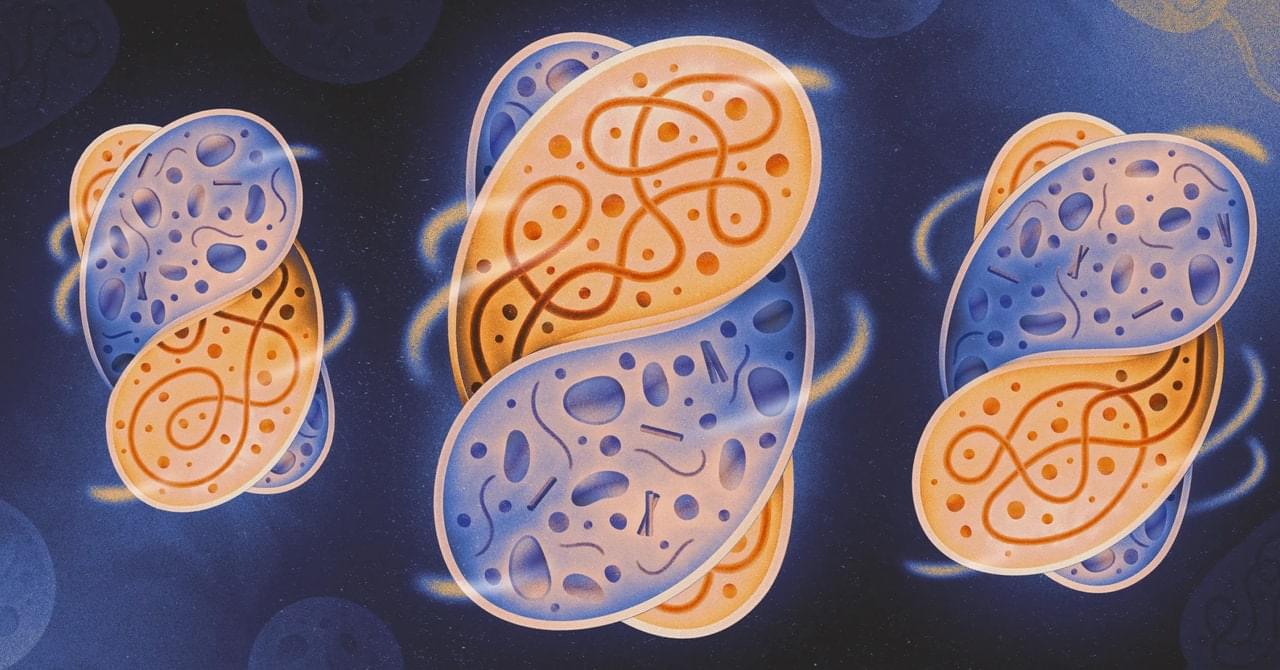Examples of endosymbiosis are everywhere. Mitochondria, the energy factories in your cells, were once free-living bacteria. Photosynthetic plants owe their sun-spun sugars to the chloroplast, which was also originally an independent organism. Many insects get essential nutrients from bacteria that live inside them. And last year researchers discovered the “nitroplast,” an endosymbiont that helps some algae process nitrogen.
So much of life relies on endosymbiotic relationships, but scientists have struggled to understand how they happen. How does an internalized cell evade digestion? How does it learn to reproduce inside its host? What makes a random merger of two independent organisms into a stable, lasting partnership?
Now, for the first time, researchers have watched the opening choreography of this microscopic dance by inducing endosymbiosis in the lab. After injecting bacteria into a fungus—a process that required creative problem-solving (and a bicycle pump)—the researchers managed to spark cooperation without killing the bacteria or the host. Their observations offer a glimpse into the conditions that make it possible for the same thing to happen in the microbial wild.
